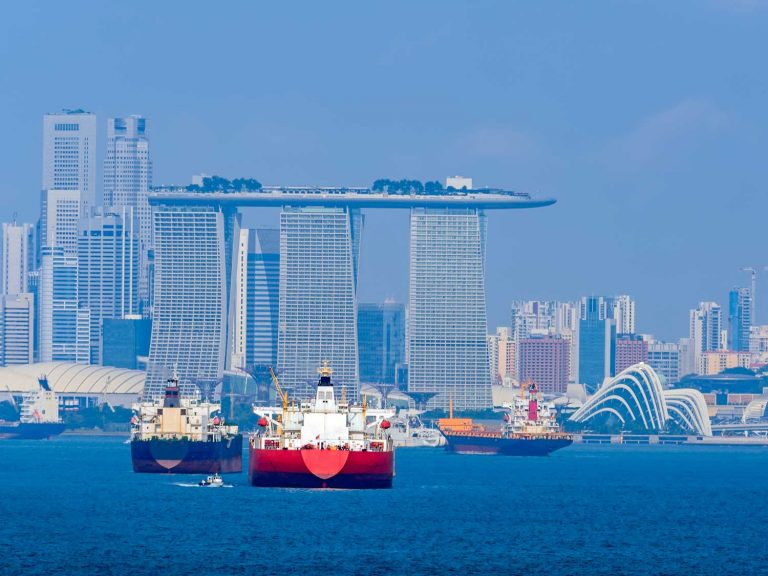
Date:
Sea freight update March
The huge downward push on freight rates did slow in January and the continuing weak demand will put the brakes on any rate increases, with expectations for post-CNY volumes bearish, although some lines have been attempting surcharges on transatlantic, transpacific and ex India routes.
The decline in global container freight rates that began last year, abated somewhat in January on major routes as supply-side efforts to reduce capacity excesses appeared to find some purchase, with capacity deployed on the two largest east west trades falling from 43.7% to 39.8% year on year.
Poor cargo demand in China and the falling ocean spot freight rates encouraged the leading container shipping lines to make significant changes to global fleet deployment, with 565,000 teu of capacity withdrawn from Asia-North America and Asia- Europe trades last year.
The highest percentage increase was seen on the transatlantic, which recorded a 16.2% increase in capacity with the addition of 162,300 teu slots, as the transatlantic market remained resilient, despite the demand downturns seen elsewhere.
The current blank sailing program from Asia to Europe is balancing out demand with -27% of capacity removed until mid of February and the lines are adding more blank sailings, as they deem necessary, to stabilise the market after Chinese New Year and the time it takes for cargo volumes to recover.
Ex-Asia box rates are back under pressure post-CNY and the Shanghai Freight Index (SCFI) confirms that rate erosion has started again, albeit at a reduced pace.
And while freight rates have been softening, the carriers’ per- unit costs have increased, because their operational and administration costs increased significantly during the pandemic.
Some market analysts attribute the more balanced rates seen during the month as a signal that the market is bottoming out, as rates draw near to breakeven points for carriers on major deep-sea trades.
But even as the container shipping lines struggle to balance supply and demand, many carriers are preparing to receive new build ultra-large container vessels (ULCVs).
The nine members of the three global alliances plus ZIM and Wan Hai Lines, are scheduled to receive a total of 89 container ships in 2023, ranging in size from 7,000 to 24,000 teu.
Some of this year’s deliveries may be deferred to 2024, but there are another 100+ vessels already due in 2024, with a further 80+ in 2025.
MSC and Maersk, the two largest container shipping lines in the world, announced an end to their 2M alliance in 2025. Their decision may increase competition, trigger rate wars and put other alliances under pressure, while leaving Maersk, with a limited order- book and an already strained network, looking for alternatives.
The breakup of the 2M shipping alliance is going to be the start of a total re-shaping of the alliances and vessel sharing agreements globally and especially on the major east-west trades.
Shipping alliances, VSA’s and new service launches, over the next two years, will alter competitive dynamics on all the major trade-lanes, which is why we will stay close to our industry partners and contacts, to identify opportunities for our customers, strengthen existing carrier relationships, build new ones and help shape whatever finally replaces today’s three alliances.
If you have any questions or concerns about the developments outlined in this month’s sea freight update, please EMAIL our Chief Commercial Officer, Andy Smith, for the latest insights and intelligence.
